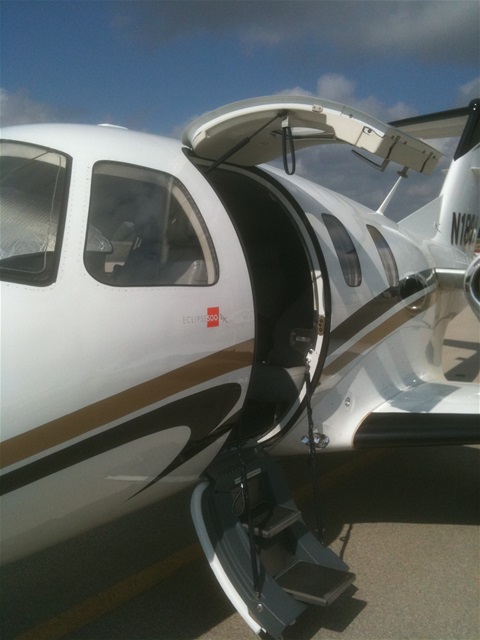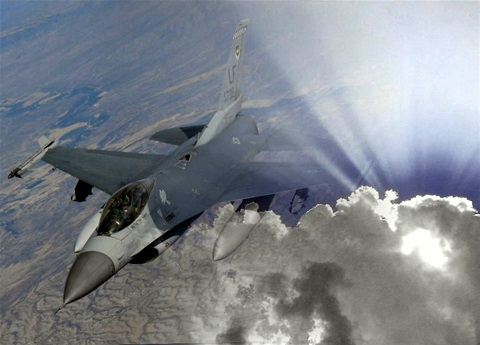As the search for the missing Boeing 777 continues, one begins to wonder how the airline industry allowed certain obvious shortcomings to continue, especially after the 9/11 attack. Worldwide cooperation is certainly necessary for things like passport
checks, ticket purchases that are one way and paid in cash, realistic security monitoring etc. One would think that the measures taken by Israel, a country at the hub of terrorism as a target, would be considered as a standard. In this country, that would
involve the politically incorrect useage of the dreaded "profiling" but if that allowed for a more efective and efficient way of running a security system, it just might be worth it. A muslim covered from head to toe should be just as appreciative of the extra
steps taken if it insured their security as well as that of others. From the standpoint of the aircraft itself, however, overall monitoring of the plane seems to be inadequate at present. News coverage has now made the terms that most of us pilots
are familiar with, but few outside that community really understood, common knowledge. Transponders send out a coded message that can be used for radar tracking, but this signal is only effective for line-of- sight radar when an aircraft is in range of a tracking
station or at an altitude where the curve of the earth doesn't take the aircraft below the line-of-sight. When outside that range, a universal "squawk" code is often used thus helping to declutter a radar screen that otherwise might have hundreds of "hits".
Even here in the U.S. there are blank areas of coverage for low flying aircraft, times when ATC (traffic control) will advise "Radar coverage lost, squawk 1200, maintain VFR (visual flight rules), contact _____ center in about 20 minutes for further
flight following". Engine monitoring systems for commercial aircraft provide ongoing data about the performance of the aircraft engines, requiring things like airspeed, altitude, outside air temp etc. As all are now aware, the transponder code is manually
entered and changed (per orders by ATC) by the PIC (pilot in command) or co-pilot. What is needed, and likely to now be required, is an ongoing radio signal that cannot be turned off by pilots of commercial aircraft and perhaps any aircraft over a certain
weight. This signal would be similar to the ELT (emergency locator transmitter) signal that is triggered by a crash and sometimes even by a hard landing. The emergency signals now occupy 121.5, 243 and 406 mghz and can be picked up by a ground station,
another aircraft, or a satellite, so certainly another frequency could be made available for this purpose. Common sense for security and added monitoring using technology already available are two postive things that can come out of this unfortunate mystery.





Latest comments
Well written Dennis!
French Southern Territories
backing up
transmitting